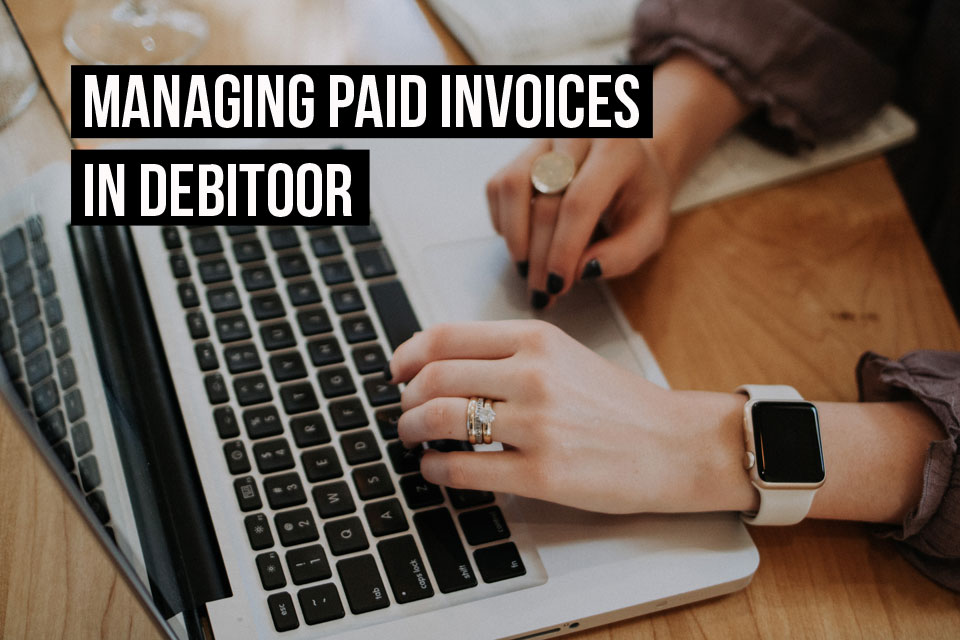It’s a question we hear from time to time in Debitoor support. However, Debitoor does not actually handle any money that is paid between your customers and your business. Debitoor acts as an easy tool for creating and sending invoices in less than a minute as well as for adding expenses from anywhere, but it also allows you to give your customers the option of online payment.
Debitoor offers several options for making it easy for your customers to pay your invoices, but this money will not pass through your Debitoor account at any time.

Bank transfer options and Debitoor
When you’re getting started with Debitoor, one of the first things you need to do is enter the details about your business in your account settings. These details will be what appears on your invoices to customers.
Below the basic information such as your business name and address, you’ll find the option to add tax and registration details (your company registration number and VAT number, if applicable) as well as your bank and payment details.
When you add banking details, these will appear on the footer of your invoices and allow your customer to pay your invoice via bank transfer directly to the account you have provided.
Note that it is not required to fill in these details, but if you would like to provide your customers with bank transfer details, this is the easiest way to ensure they appear on each and every invoice you create.
Online payment options and Debitoor
Another option for receiving payments for your invoices is to set up an online payment option. Debitoor offers integrations with payment solutions for fast, easy online payment, including SumUp and PayPal.
Once you connect your Debitoor account with one of these online payment providers, the invoices you send out will include a link that will allow your customers to pay the invoices directly, online.
When you receive an online payment, the money will go to your SumUp or PayPal account, depending on which you have connected. The money does not go to your Debitoor account. However, with SumUp and PayPal, Debitoor features a direct integration. This means that the record of the payment will be synced with Debitoor and will automatically mark the corresponding invoice as ‘Paid’, reconciling your payments. The money itself stays in your SumUp/PayPal account.

Automatic bank reconciliation and Debitoor
If you accept payments by bank transfer, it is still important to reconcile your accounts - match the payments to your invoices and expenses. Debitoor offers automatic bank reconciliation on the M and L plans.
This means that it’s possible to upload your monthly bank statement to your Debitoor account and watch as the payments match instantly with the corresponding invoices and expenses in your Debitoor account. Once matched, invoices will automatically be marked as ‘Paid’.
There is currently an option for a direct connection with one online bank: N26. This means that you can connect directly to your N26 account and the payment information is synced automatically with your Debitoor account. For all other banks, it is necessary to upload your bank statement, as there is no direct connection option.
Manual payment in Debitoor
It is also possibly to enter payment on invoices manually. This means that you can use your Cash account in Debitoor to indicate that payments have been made on certain invoices. When you enter payment on an invoice from your Cash account, the invoice will be marked as ‘Paid’ or ‘Partially paid’ in the event of a partial payment.
Your Cash account in Debitoor acts as a virtual account for you to keep track of the balance in a business account, for example, without connecting to your bank. Note that any changes to the balance of the account will also need to be done manually, as the Cash account is in no way connected to any of your bank accounts.
Additionally, it’s possible to create an invoice with the payment terms ‘Paid’. This changes the status of the invoice from the moment of completion.
